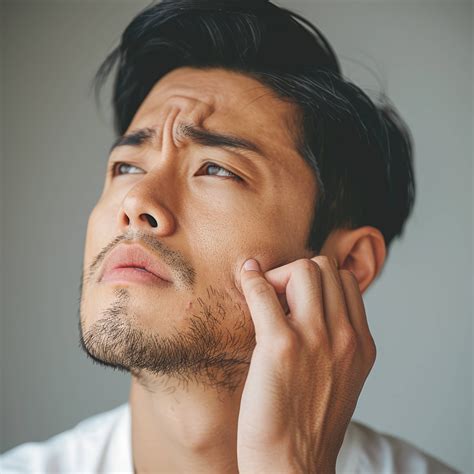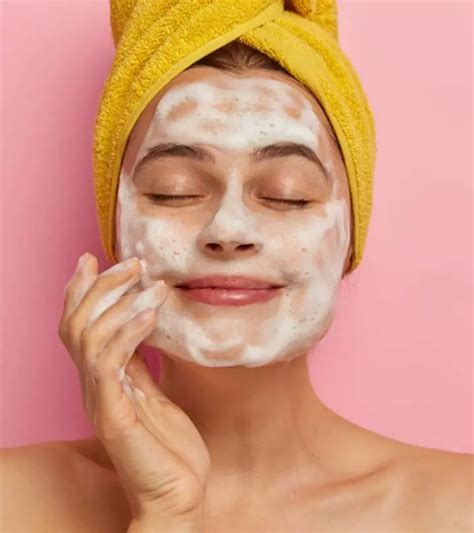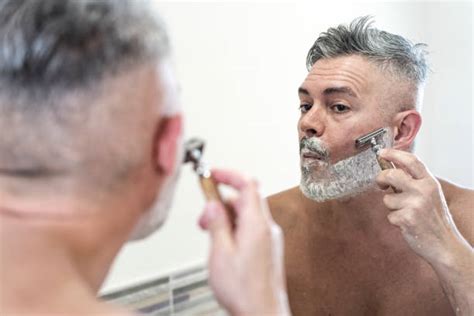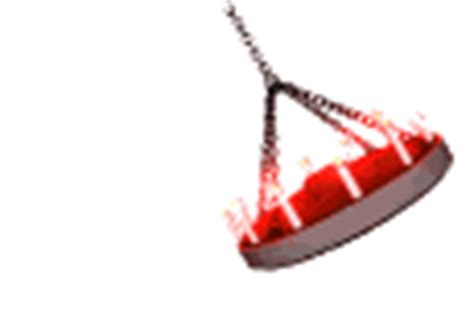Elite shave: Prevent razor burn & ingrowns for a clean, performance-ready look.

Mastering the Elite Shave: Banish Razor Burn & Ingrowns
For many, shaving is a daily ritual, but for some, it’s a constant battle against razor burn, redness, and painful ingrown hairs. These common irritations can mar an otherwise sharp appearance, undermining confidence and comfort. Achieving that coveted clean, performance-ready look isn’t just about the right razor; it’s about a holistic approach to preparation, technique, and aftercare. Let’s delve into the strategies that will transform your shave from a chore into a luxurious, irritation-free experience.
Understanding the Enemy: Razor Burn & Ingrown Hairs
Before we can conquer them, we must understand why razor burn and ingrown hairs occur. Razor burn, characterized by redness, stinging, and bumps, is often the result of dry shaving, applying too much pressure, using dull blades, or shaving against the grain without proper lubrication. Ingrown hairs, on the other hand, happen when a hair curls back into the skin or grows sideways into the follicle instead of growing out, leading to inflamed, painful bumps. Both can be prevented with mindful practices.
Pre-Shave Ritual: The Foundation of Flawless Skin
The secret to a superior shave begins before the blade even touches your face. Proper preparation softens the hair, opens pores, and creates a protective barrier for your skin.
Cleanse & Exfoliate
Start with a warm shower or wash your face with a gentle cleanser. This removes dirt, oil, and dead skin cells that can clog pores and dull your blade. A mild exfoliant 2-3 times a week can further help lift hairs and prevent ingrowns.
Warm Up the Skin
Apply a hot towel to your face for a few minutes, or simply shave after a hot shower. The warmth softens your stubble and opens up your pores, allowing for a closer, more comfortable shave with less tugging.
Apply Quality Pre-Shave Oil or Cream
A good pre-shave oil or cream creates a slick layer between your skin and the razor, providing an extra layer of protection and helping the blade glide effortlessly. This dramatically reduces friction and irritation.

The Art of the Shave: Technique Matters
Your shaving technique is paramount in preventing irritation. Slow down and be deliberate.
Choose Your Weapon Wisely
Ensure your razor is clean and, most importantly, sharp. Dull blades cause tugging and can lead to razor burn and nicks. Replace cartridge blades frequently (every 5-7 shaves) or use a fresh double-edge safety razor blade for each shave. Consider a single-blade razor if you’re particularly prone to ingrowns, as it minimizes passes and cuts hair cleanly at the surface.
Lather Up Properly
Use a rich, hydrating shaving cream or soap, ideally applied with a brush, to create a thick, creamy lather. This lifts the hairs and provides excellent lubrication. Let the lather sit on your face for a minute or two to further soften the beard.
Shave with the Grain
For your first pass, always shave in the direction your hair grows. This is the least irritating approach and significantly reduces the chance of razor burn and ingrowns. If you desire a closer shave, re-lather and make a second pass across the grain, or very gently against the grain in areas where your skin isn’t sensitive. Avoid excessive pressure; let the blade do the work.
Short, Light Strokes
Use short, controlled strokes. Rinse your razor frequently under hot water to clear away hair and lather, maintaining its efficiency.

Post-Shave Perfection: Soothe & Protect
The care you give your skin after shaving is just as important as the preparation.
Rinse with Cold Water
After your final pass, rinse your face with cool or cold water. This helps close your pores and soothe the skin, reducing redness and inflammation.
Pat Dry, Don’t Rub
Gently pat your face dry with a clean, soft towel. Rubbing can irritate freshly shaven skin.
Apply Aftershave Balm or Lotion
Finish with a high-quality, alcohol-free aftershave balm or moisturizer. These products hydrate, calm, and protect your skin, reducing redness and preventing dryness. Look for ingredients like aloe vera, witch hazel, or chamomile.

Combatting Persistent Ingrown Hairs
If you’re particularly prone to ingrowns, here are additional steps:
- Regular Exfoliation: Continue gentle exfoliation to ensure hair follicles remain clear.
- Targeted Treatments: Use products containing salicylic acid or glycolic acid, which help to gently exfoliate and free trapped hairs.
- Avoid Plucking: Resist the urge to pluck ingrown hairs, as this can lead to further irritation or infection.

Maintaining Your Shave Arsenal
Beyond technique, proper maintenance of your tools is essential.
- Store Razors Properly: After each shave, rinse your razor thoroughly and allow it to air dry. Store it in a dry place to prevent bacterial growth and rust.
- Replace Blades Frequently: This cannot be stressed enough. A dull blade is the primary culprit behind nicks, tugging, and irritation.

Conclusion
An elite shave is within your grasp. By adopting a meticulous pre-shave routine, refining your shaving technique, and prioritizing effective aftercare, you can significantly reduce and even eliminate razor burn and ingrown hairs. Invest in quality products, pay attention to your skin’s needs, and approach your shave with patience and precision. The result will be a consistently smooth, comfortable, and performance-ready look that radiates confidence.








